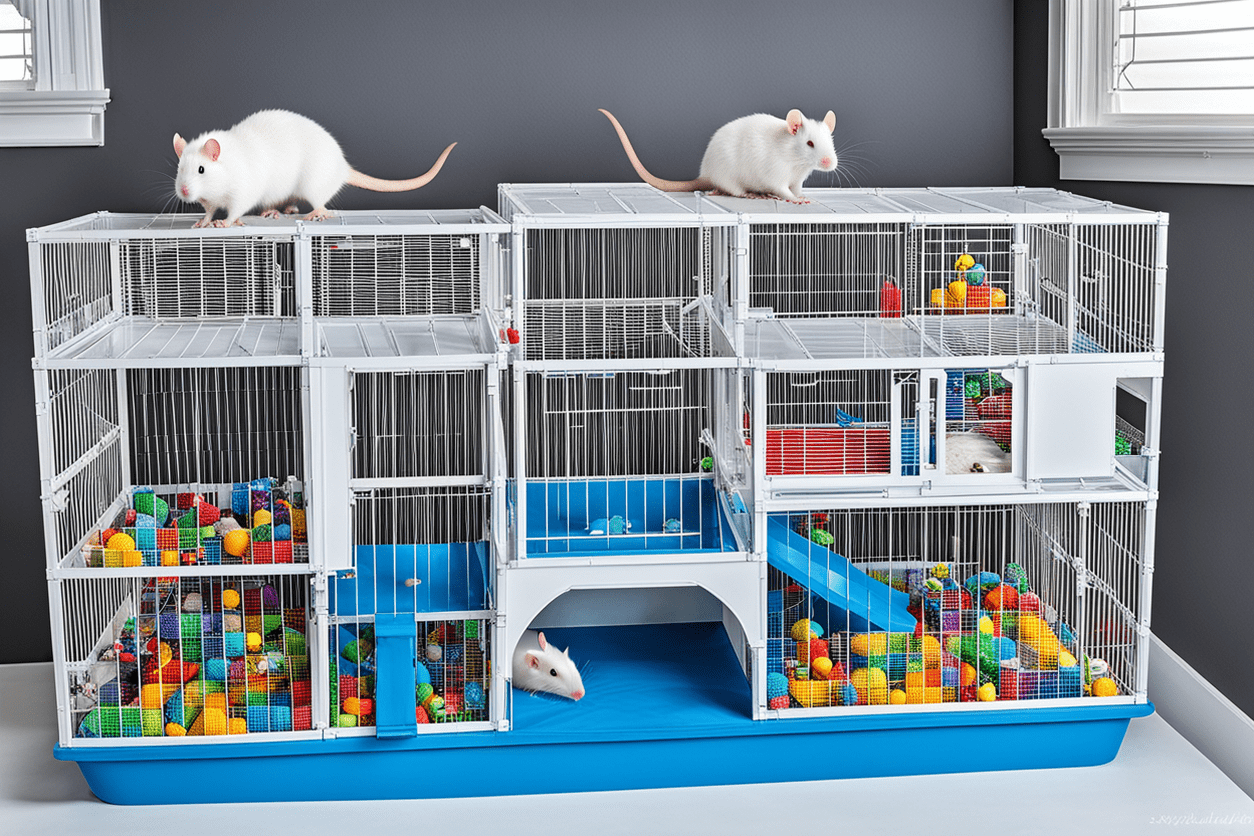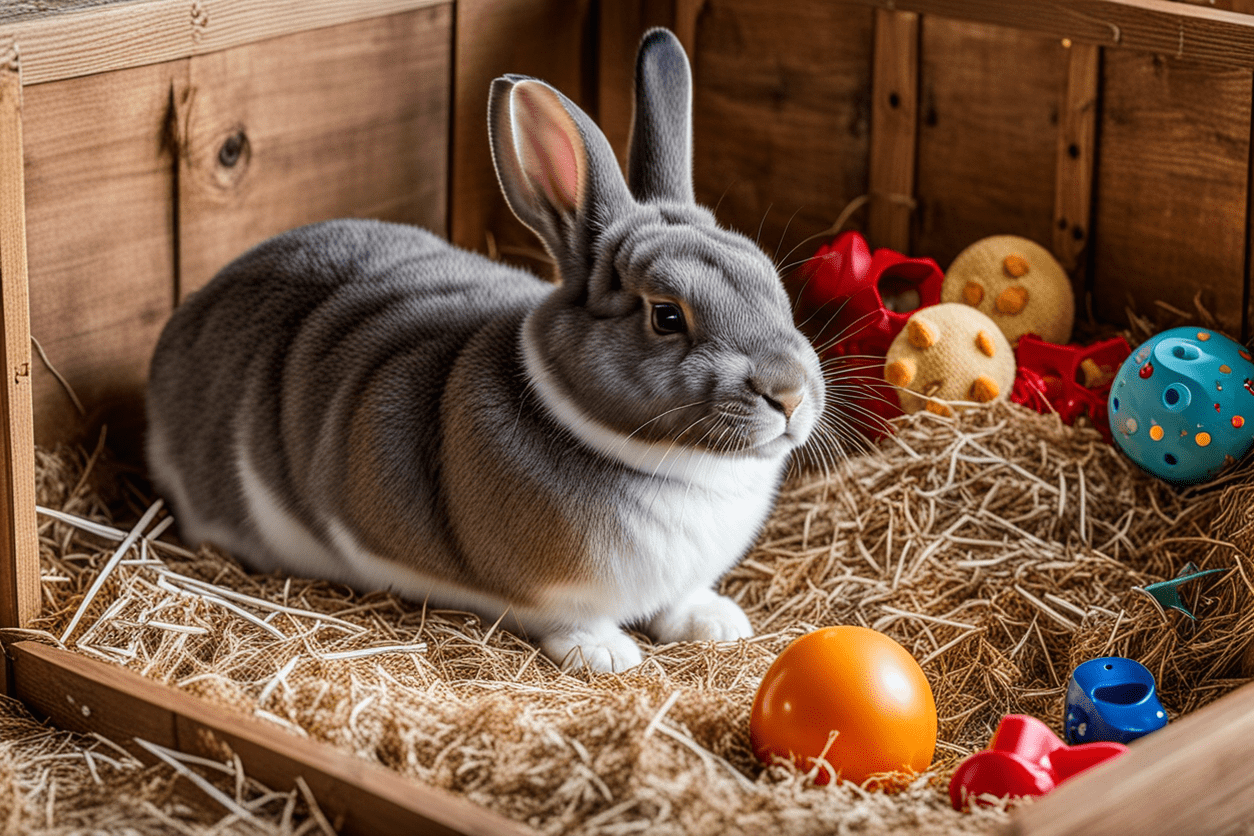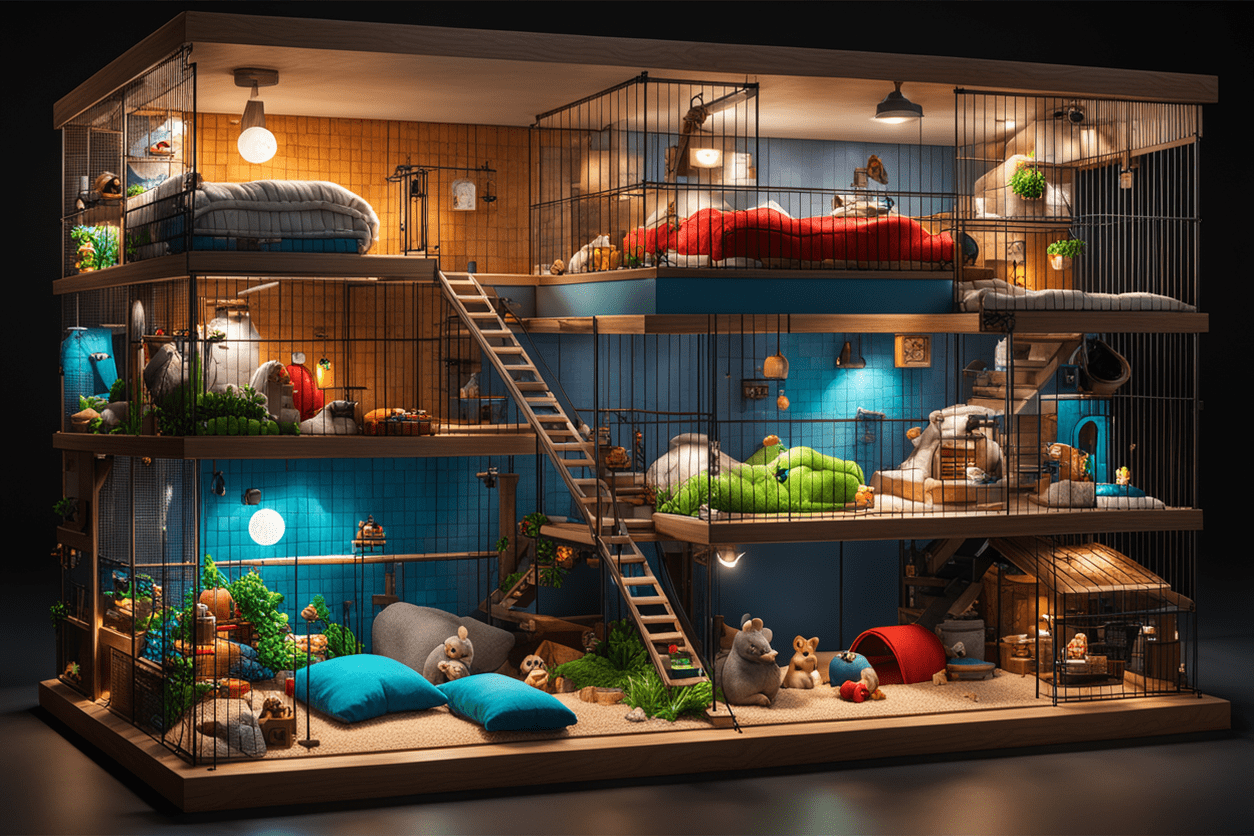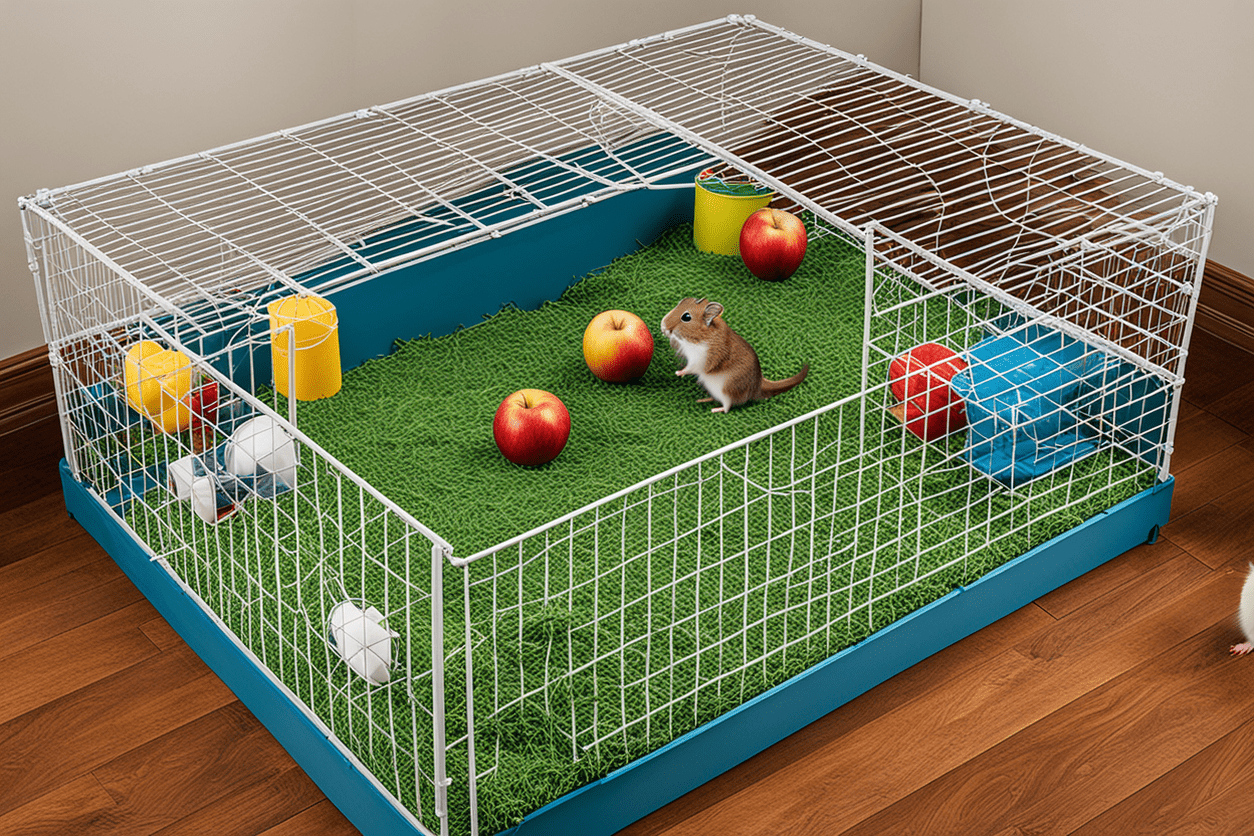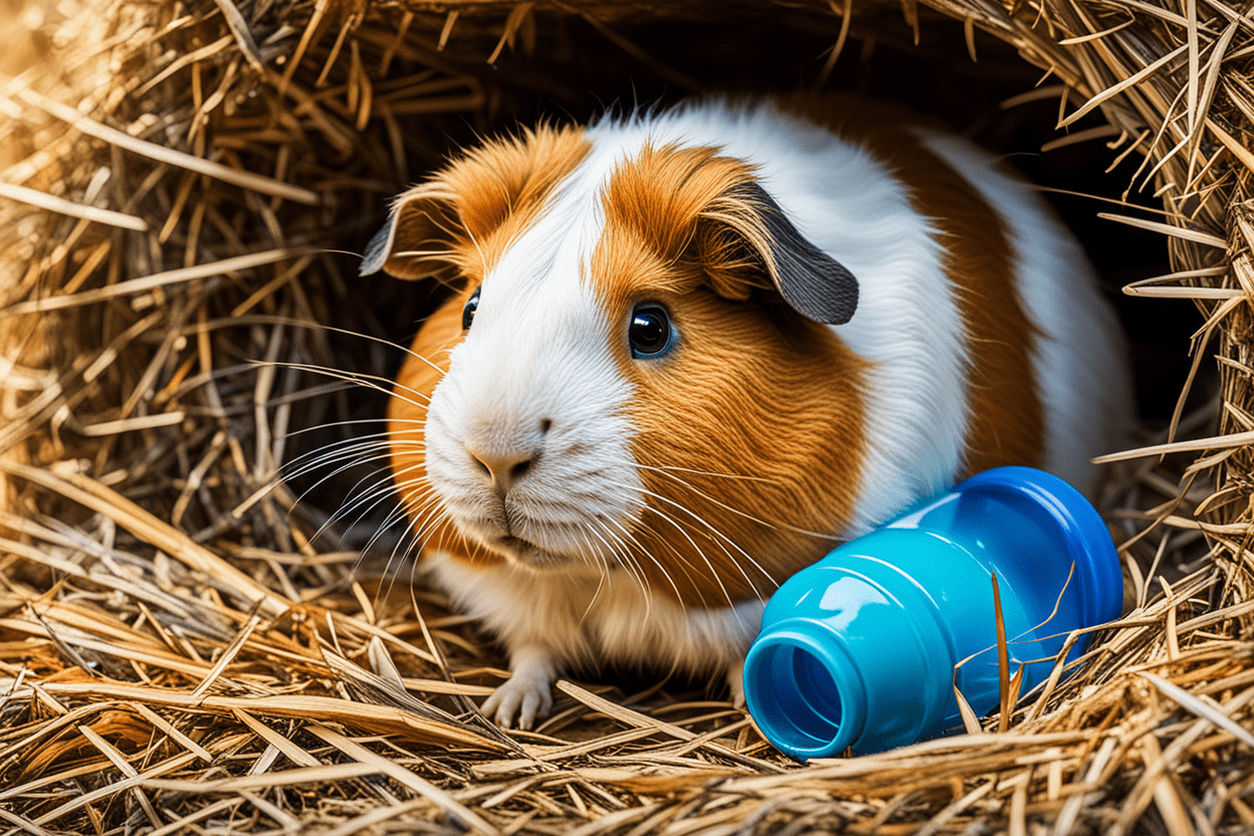Shiba Inu Dog Breed Information & Characteristics
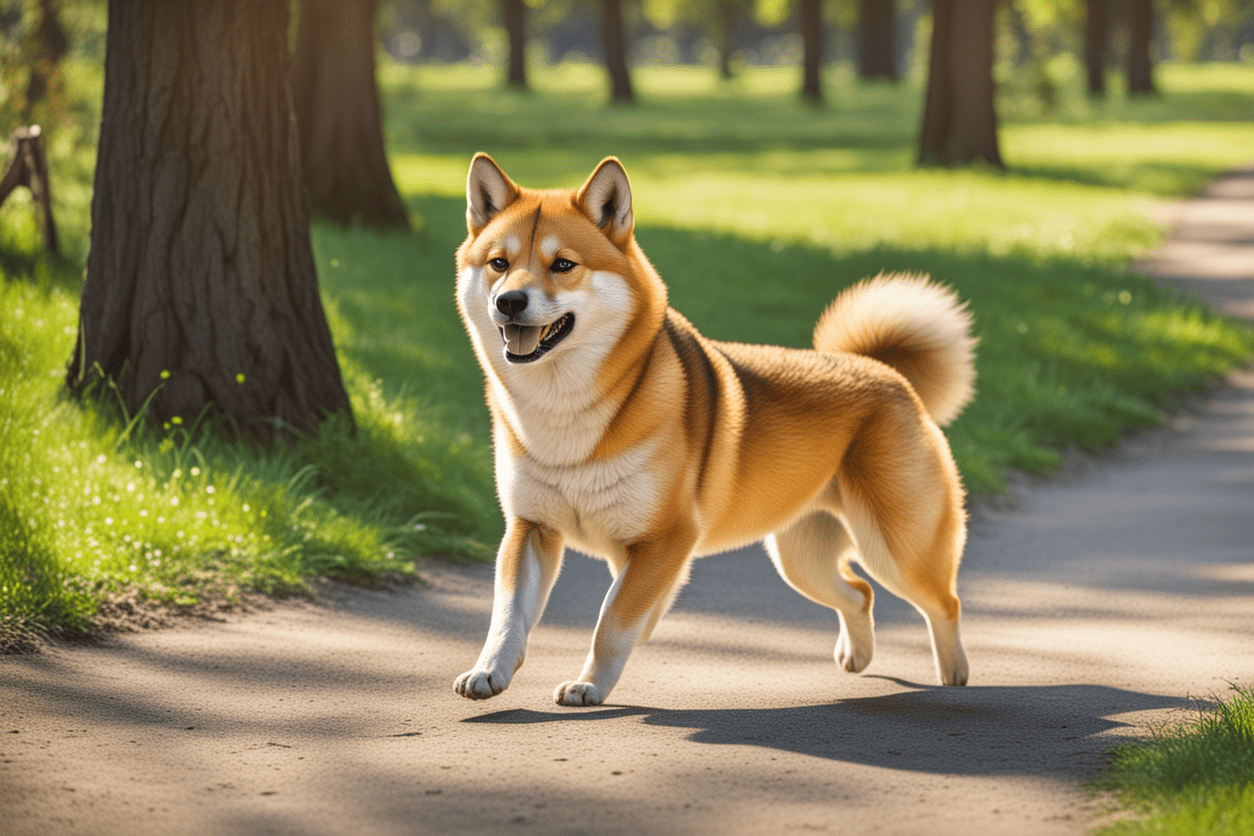
Introduction
The Shiba Inu, one of Japan's most beloved and ancient dog breeds, is renowned for its spirited personality and fox-like appearance. Known for its agility and alertness, the Shiba Inu has transcended its historical role as a hunting dog to become a cherished companion worldwide. This captivating breed, often depicted as resilient and independent, boasts a rich history that dates back thousands of years.
History and Origin
Origins of the Breed
The Shiba Inu originated in Japan, with roots tracing back to ancient times. This breed's name comes from the Japanese word "shiba," which means "brushwood," likely referring to the terrain where it hunted or the autumn-red color of its coat. "Inu" simply means "dog" in Japanese. Initially, the Shiba Inu was bred for hunting small game, such as birds and rabbits, in the rugged mountains and thick underbrush of Japan.
Evolution Over Time
Over the centuries, the Shiba Inu has evolved from a hunting companion to a popular pet, adapting to the urban environments of modern-day owners. While their essential characteristics have remained consistent, selective breeding for temperament and appearance adapted the Shiba Inu to various roles beyond hunting, including companionship and show dogs.
Physical Characteristics
General Appearance
The Shiba Inu is a small to medium-sized breed, with males typically weighing between 20-23 pounds and females slightly smaller, ranging from 17-20 pounds. Both males and females stand between 13.5 to 16.5 inches tall at the shoulder. They are known for their athletic, well-muscled build, evoking an impression of agility and strength.
Coat
Shiba Inus possess a double coat that is both weather-resistant and relatively easy to maintain. Their outer coat is stiff and straight, while the undercoat is soft and dense. Coat colors include red, sesame (red with black-tipped hairs), black and tan, and cream. Grooming needs are moderate, requiring regular brushing to manage shedding, particularly during seasonal changes.
Distinguishing Features
The Shiba Inu is often recognized by its expressive face, almond-shaped eyes, and distinctive curled tail that arches over its back. These physical traits give the breed its characteristic fox-like appearance. Their erect ears and keen expression underscore their alert and spirited nature.
Temperament and Personality
General Temperament
The Shiba Inu's temperament is a blend of spirited independence and strong-willed personality. They are known for their intelligence and alertness but can also be quite stubborn. While they are often reserved around strangers, they are affectionate and loyal to their family members.
Compatibility with Families/Children/Pets
Shiba Inus can make excellent family pets, particularly for those who understand and appreciate their unique character. They generally get along well with children, especially if raised with them from a young age. However, their independent nature means they may not always be as tolerant as some other breeds. Proper socialization is crucial for ensuring harmonious interactions with other pets, as they can exhibit a strong prey drive.
Activity Level
Shiba Inus possess high energy levels and require regular exercise to keep them physically and mentally stimulated. Daily walks, interactive play sessions, and access to a secure outdoor area can help meet their activity needs. Their agility and alertness make them well-suited for various dog sports, including agility and obedience trials.
Training and Socialization
Trainability
Training a Shiba Inu can be both rewarding and challenging. Their intelligence and quick learning abilities are counterbalanced by their independent streak, which can sometimes translate into stubbornness. Positive reinforcement techniques, patience, and consistency are essential for successful training.
Socialization Needs
Early and ongoing socialization is crucial for Shiba Inus. They should be exposed to a variety of people, environments, and other animals from a young age to develop well-rounded social behaviors. Proper socialization helps mitigate any tendencies toward aloofness or aggression and ensures the Shiba Inu grows into a well-adjusted adult dog.
Health Issues and Life Expectancy
Common Health Problems
While generally a healthy breed, Shiba Inus are prone to certain genetic health issues. Some of the more common problems include hip dysplasia, patellar luxation, and eye conditions such as progressive retinal atrophy and glaucoma. Regular veterinary check-ups and genetic screenings can help manage and mitigate these risks.
Lifespan
The Shiba Inu typically enjoys a lifespan of 12 to 15 years, with some individuals living even longer with proper care and a healthy lifestyle. Their longevity, combined with their spirited nature, contributes to their appeal as a long-term companion.
Care Requirements
Feeding/Dietary Needs
A balanced diet is crucial for maintaining the health and vitality of a Shiba Inu. High-quality commercial dog food that meets their nutritional needs, supplemented with occasional treats or fresh food, can help maintain their health. Owners should be mindful of portion sizes and weight management to prevent obesity, especially given their active nature.
Exercise Initiatives
Regular exercise is essential for a Shiba Inu's physical and mental well-being. Daily walks, play sessions, and opportunities for off-leash activities in safe, enclosed areas are recommended. Engaging them in activities such as agility training or interactive toys can also provide mental stimulation.
Grooming Routines
While Shiba Inus are relatively low-maintenance in terms of grooming, they do shed, especially during seasonal "blowouts" where they lose their undercoat. Weekly brushing can help manage shedding and keep their coat healthy. Additionally, regular ear cleaning, nail trimming, and dental care are vital components of a Shiba Inu's grooming regimen.
Ideal Living Conditions
Space Requirements
Shiba Inus are adaptable and can thrive in various living environments, including apartments and houses with yards. However, their need for regular exercise and mental stimulation means that they do best in homes where they receive ample opportunities for physical activity and playtime.
Climate Tolerance
The Shiba Inu's double coat provides good insulation, making them relatively tolerant of both cold and hot climates. However, extreme weather conditions should be monitored closely. During hot weather, they should have access to shade and plenty of water, while in colder temperatures, they should be protected from prolonged exposure to the cold.
Famous Examples & Popularity
Notable Dogs from This Breed
The Shiba Inu has gained fame through various platforms, notably the internet phenomenon Doge, a Shiba Inu whose expressive face became a viral meme. This fame has significantly boosted the breed's popularity and visibility in the media. Shiba Inus are also featured in numerous Japanese cultural references, showcasing their esteemed status in their homeland.
Popularity Trends
In recent years, the Shiba Inu has seen a rise in popularity, especially in urban areas where their compact size and independent nature are appreciated. They rank consistently well in breed popularity lists in countries like the United States, the United Kingdom, and Australia. Their unique combination of looks and personality continues to attract dog lovers worldwide.
Frequently Asked Questions
Are Shiba Inus good with children?
Yes, with proper socialization, Shiba Inus can be good with children. However, supervision and teaching children how to interact with dogs are essential due to the breed's independent nature.
Do Shiba Inus shed a lot?
Shiba Inus shed moderately throughout the year and experience heavier shedding during seasonal changes. Regular brushing helps manage this shedding.
How much exercise does a Shiba Inu need?
Shiba Inus require daily exercise, including walks and playtime, to keep them physically and mentally stimulated. An hour of activity per day is a good starting point.
Are Shiba Inus easy to train?
Shiba Inus are intelligent but can be stubborn. Training requires patience, consistency, and positive reinforcement techniques.
Can Shiba Inus live in apartments?
Yes, Shiba Inus can live in apartments if they receive adequate exercise and mental stimulation. They are adaptable and can thrive in various living environments.
What are common health issues in Shiba Inus?
Common health issues include hip dysplasia, patellar luxation, and eye conditions such as progressive retinal atrophy and glaucoma.
How long do Shiba Inus live?
The average lifespan of a Shiba Inu is 12 to 15 years, with some living even longer with proper care.
Are Shiba Inus friendly with other pets?
Shiba Inus can get along with other pets if properly socialized from a young age. However, they may exhibit a strong prey drive.
Do Shiba Inus bark a lot?
Shiba Inus are generally not excessive barkers but will vocalize when they sense something unusual or to communicate needs.
What is the ideal diet for a Shiba Inu?
A balanced diet of high-quality commercial dog food, supplemented with fresh foods and proper portion control, is ideal for maintaining a Shiba Inu's health.
Conclusion
The Shiba Inu, with its spirited demeanor and fox-like charm, is a breed that uniquely combines independence and loyalty. Their history as ancient Japanese hunters and their evolution into cherished companions underscore the adaptability and timeless appeal of this breed. While they can be a bit challenging to train due to their strong-willed nature, their intelligence and devotion make them rewarding pets for those who invest the time and effort into understanding them.
Recommendations for Potential Owners
Prospective Shiba Inu owners should be prepared for an active, alert, and sometimes stubborn companion. Key considerations include:
- Exercise and Mental Stimulation: Ensure ample physical activity and mental engagement to keep them healthy and happy.
- Training and Socialization: Start training and socialization early to develop well-rounded behaviors and manage their independent streak.
- Health Maintenance: Regular veterinary check-ups and a balanced diet are crucial for preventing common health issues.
If you're seeking a breed that combines a rich history, a distinctive appearance, and a vibrant personality, the Shiba Inu may be the perfect addition to your family.
Encouragement to Learn More
For those interested in learning more about the Shiba Inu, further research and conversations with breeders or owners can provide deeper insights into the breed’s care and characteristics. Breed-specific organizations and reputable websites can also offer valuable information and resources.
Citation Links
- American Kennel Club (AKC) - Shiba Inu
- Shiba Inu Club of America
- National Shiba Club of America
By exploring these resources, potential owners can gain comprehensive knowledge and determine if the Shiba Inu aligns with their lifestyle and expectations.

